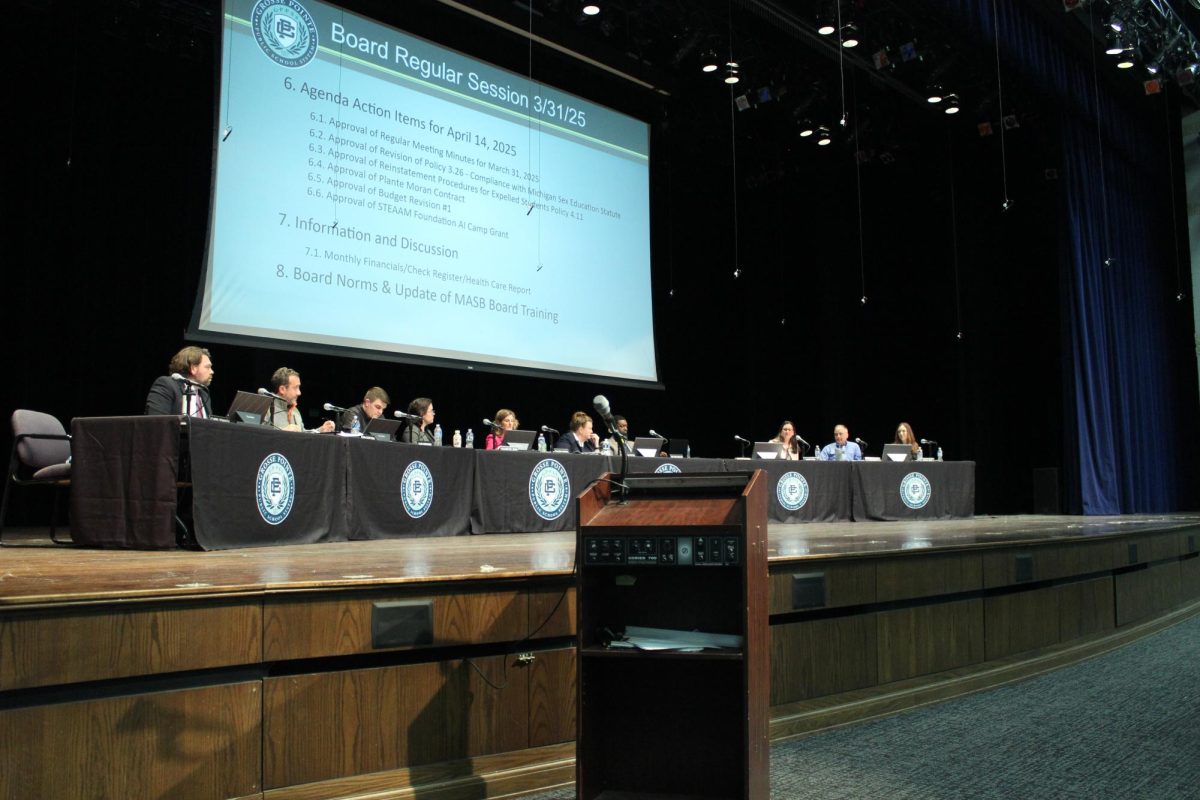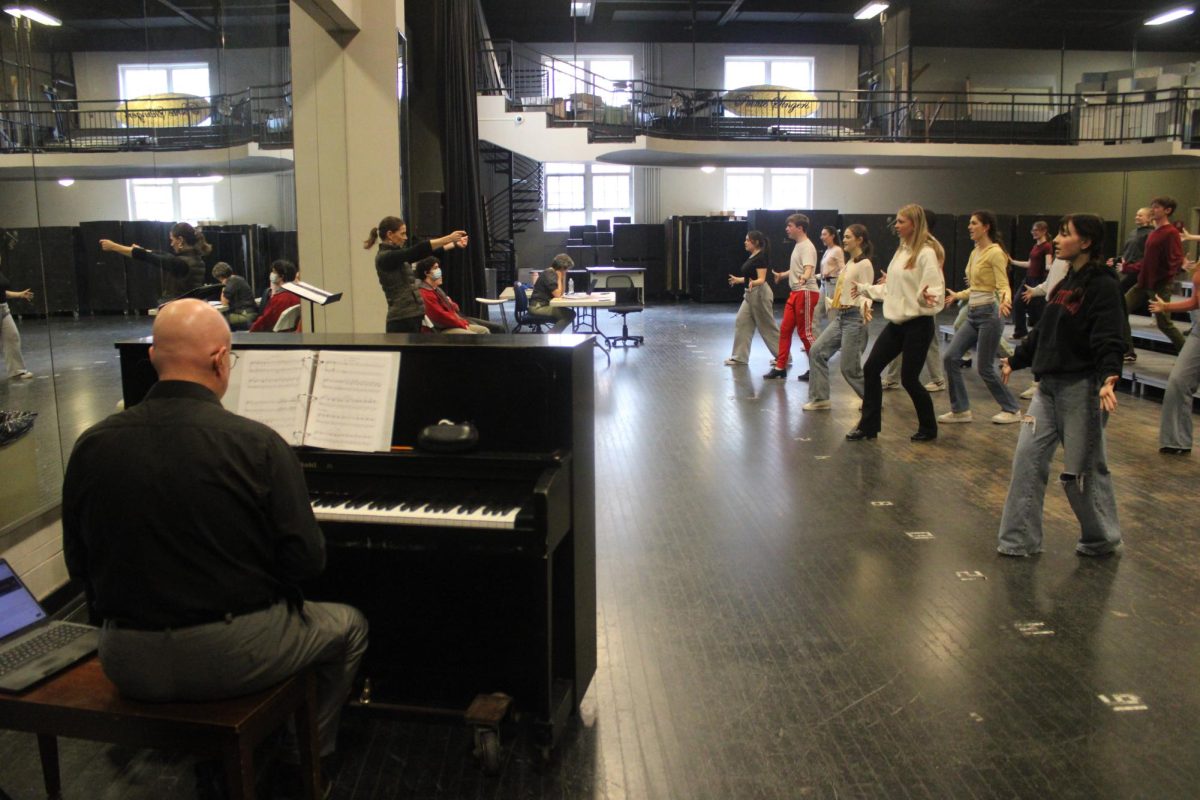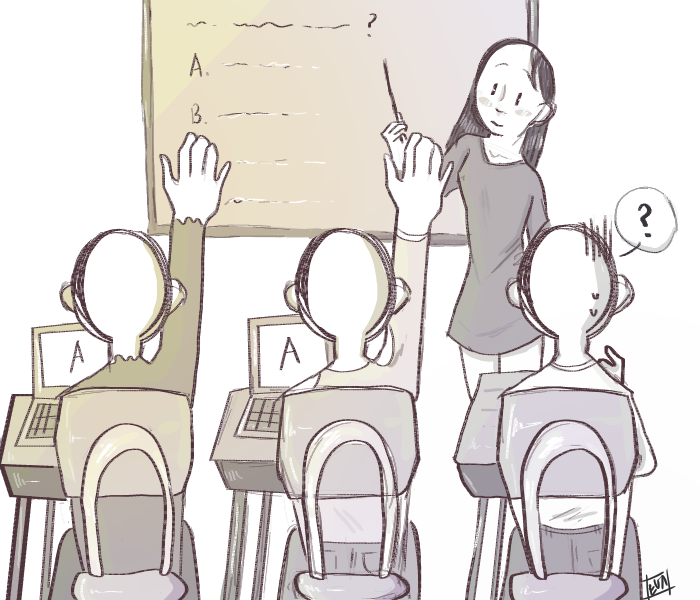Improving the new district-wide BYOD plan
April 25, 2018
When some students leave at the end of the school day, they don’t have access to a computer or WiFi at home in order to do their schoolwork. In order to combat this problem, the school district is implementing a new program called Bring Your Own Device (BYOD), which encourages parents to buy their child a laptop to use both at school and at home for educational purposes.
We at The Tower truly appreciate the school district’s efforts to ensure students are receiving the best education possible, however, we call into question the underlying problems that don’t seem to be addressed through BYOD.
While we understand the district is still refining the program, it does not appear to be an altogether suitable solution to the district’s technology problems, after a 2012 technology bond did not pass.
According to school board trustee Christopher Profeta, BYOD will be rolled out over the next three years, beginning at the middle school level. Profeta also explained that, although a student-purchased laptop does not have to be used exclusively for school, the filters and firewalls attached to the school’s network will apply when students are connected to the WiFi.
“Right now we do not have a consistent district-wide technology plan that adequately prepares kids for what they will see in a 21st-century professional world,” Profeta said via email.
In essence, BYOD is meant to create that consistent district-wide technology plan to ensure students are furthering their education in a modern way.
This plan defines smartphones as an unsuitable BYOD option, and states smartphones will not be permitted to connect to the GPPSS wireless network. We believe this is one of the errors of the plan, as this means students who don’t have access to a laptop will struggle to participate in certain class activities. The exclusion of smartphones as an option also means students will have to carry a laptop with them at all times, adding weight to already heavy backpacks or bags.
In the BYOD handbook, the district said smartphones and tablets aren’t compatible with a secure testing environment. While this is understandable, smartphones or other small electronic devices are items most students have. Although they may not be useful for testing purposes, they are something easily accessible and usable for many. If a teacher is doing a Kahoot or Quizlet Live review game in class, it’s much easier for students to simply use their smartphone than to waste time getting their laptops out.
The district does not have enough money in the budget to buy a device for each student, however, according to Profeta, the plan is to have district-owned devices available for 20 percent of middle school students who may not have access to their own device. According to the handbook outlining BYOD, the district is committed to reducing technology inequity so every child has access to technology-supported learning.
We at The Tower anticipate a better developed and conclusive district technology plan, and again extend gratitude to our school board for their attempts to ensure we receive the best possible education.















































































